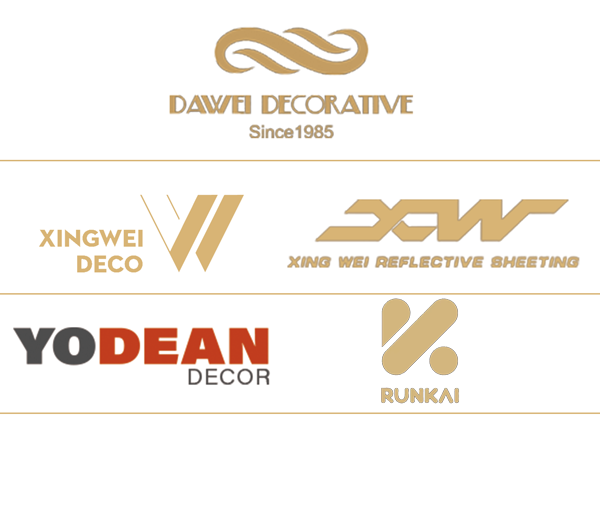To install PVC edge banding the professional way, you need to know a few basic steps. First, you need to know how to use a contact adhesive or hot melt glue. You can also use a PVA glue or a PVA hot melt glue. After that, you can flush the board with acetone.
PP edge banding
If you are looking for an easy way to dress up your outdoor furniture, consider installing PP edge banding. This durable and flexible material is chlorine-free and is ideal for narrow-radius applications. It is also a great choice for furniture that is frequently handled. It is also ideal for high-traffic areas and is environmentally friendly.
There are several types of edge banding available in the market. Some of the most common are made of polypropylene, which is flexible and easy to clean. Another popular type is made of melamine, which is flexible and durable. Melamine is made of a MDF core and is typically coated with polyurethane.
In order to install PP edge banding the pros’ way, you will need a machine that is designed to make sure that the tape fits tightly and has the smallest possible glue line. Luckily, there are machines available that use the fusion technology. This technology is also known as “zero glue line,” which is what professionals use to avoid this problem. However, these machines are not cheap, so it is important to consider your budget before purchasing a machine.
Contact adhesives
Contact adhesives for PVC edge banding should be applied with care. The right adhesive can bond a variety of substrates, but be mindful of temperature. If the adhesive is too cool, the edge banding may not adhere. Apply the adhesive using gloves and protective clothing. Make sure the adhesive has been allowed to cure completely before applying it to the PVC edge banding.
Once the adhesive has set, use a chisel or sharp utility knife to cut the excess edge banding. It is important to be careful not to damage the semi-gloss or glossy finish of the PVC. Otherwise, it could leave a whitish layer on the surface.
Contact adhesives for PVC edge banding are available in two types: ethylene vinyl acetate and polyurethane. Each type has advantages and disadvantages. EVA Adhesive is a cheap, multipurpose glue that is appropriate for most edge banding jobs. It also has a good level of water and heat resistance and is easy to apply.
PVA hot melt glues
PVA hot melt glues are ideal for edge banding PVC sheets, as they are both hot and viscous at room temperature. They can also be tinted to match the color of the material. The glue can also be applied with a hot air blower to help with the banding process.
SUPER BOND HMF-102 has excellent bonding properties for PVC edge banding. It is packaged in 25 Kg paper bags and has a four-year shelf life. This glue is a great choice for edge banding projects with complex shapes or for high-quality edge banding.
EVA hot melt glue is the most common option for edge banding. It is thinner and allows for fewer squeeze-outs. However, it is more expensive and requires more time to cure. It is also known to emit diphenylmethane diisocyanate, which can be harmful for your health. It also forms a very strong bond very quickly. Some types can set up in less than a second, while others require up to 24 hours of full cure.
Wood species available
PVC edge banding is available in a wide variety of colors and finishes. It comes in rolls, automatic, or pre-glued varieties. It is also available in multiple species and sizes, and can be wood-backed or paper-backed. To install PVC edge banding, it is important to use the right adhesive for the surface.
Wood grain finish is a popular option. This wood finish is available in a variety of patterns and colors. For a natural wood look, you can choose from African, European, or Asian species. European species tend to be light and durable. Asian species are often low-cost and flexible.
Wood grain patterns are also available in PVC edge banding. Most of the modular furniture made today uses this type of banding. The PVC banding provides strength and durability, and is easier to work with on curved surfaces. In addition, PVC can be customized to match the finish of the panel.


Leave a Reply
Want to join the discussion?Feel free to contribute!